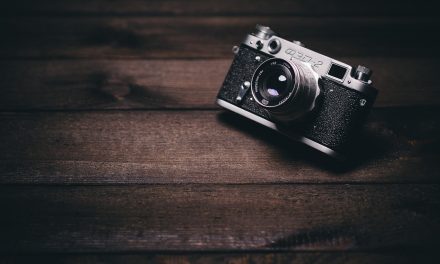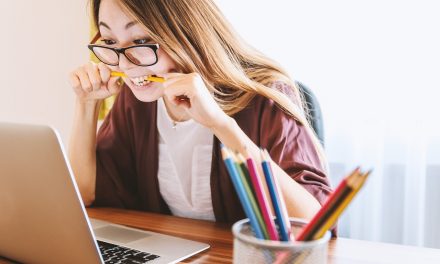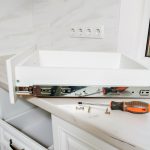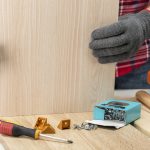Posters and watercolours – these two types of paints usually land in the school’s junior backpack. However, the paint is uneven and not only these two types of paints can be offered to the junior, especially if you notice the passion of painting awakening in it. What characterizes particular types of paints and brushes and what distinguishes good quality products from average ones – we suggest from Fila USA.
To begin with, a brief description of the most common types of paints:
Watercolours
These are paints in which the pigment is dissolved in water. When the ink is applied to the paper (and only to the paper, the watercolours cannot be painted on other materials), the water soaks in and the pigment remains on the surface. Experienced painters use these paints primarily to create landscapes and portraits – paintings that require a certain delicacy and airiness. Water-colour paints are generally pastel colours.
Watercolours have several limitations. First of all: you cannot improve the image once painted. You can only try to dilute the color intensity by adding water. In addition, watercolours do not allow the application of more layers of paint, because the colours will always blend. That is why when painting with watercolours it is worth to have a ready painting in your head or first sketch it gently with a pencil, and only then use the paints. If you want to mix the colour, it’s best to do it on a palette and not directly on paper.
Watercolours are also “surprising paints”, because we can never be sure what effect we will get when we mix paints and apply them on paper.
Grazhye
Acid paints are similar to watercolours because they are also water-based paints, but with the addition of chalk or titanium or zinc white. As a result, gouaches have more intense and less translucent colours resembling more tempera than watercolours.
Tempers
Tempers are often identified with poster paints, but there is one difference between them: a poster is a tempera with the addition of Arabic rubber. In practice, posters are said to be a “beginner’s tempera”. The colours of the posters are slightly less intense, have fewer shades and, when dry, the surface of the picture is not as smooth as in the case of tempera.
Unlike watercolours, the campsites are opaque paints, which means that after applying one layer, they can be covered with subsequent layers and the pants’ layers will not clear through. Tempers are quick-drying paints, they are resistant to the passage of time and to bending, because they are flexible paints. After drying, the colours lighten slightly, but this is particularly important for professional painters. You can paint very precise lines with thin brushes using tempers. They are not resistant to moisture, so they cannot be used outdoors.
Acrylic paints
Acrylic paints have similar properties to tempera, but thanks to the use of acrylic resins they are much more durable and versatile. They can cover virtually any material – paper and cardboard, canvas and wood, as well as stones, plaster, glass or plastic (so they are very popular among modelers). You can even paint with acrylics on other paintings. Just like tempera, they can be used to paint very precise lines, these paints dry quickly, do not fade and withstand various weather conditions, so they are perfect for outdoor painting.
NOTE: Acrylic paints are not indifferent to allergies. Acrylic resins may cause allergic reactions, therefore a junior suffering from allergies should first test the effect of such paint, for example by placing a small dot on the skin. If redness occurs, we should stop using acrylics and use tempera, which in this respect are completely indifferent to health.
Brushes
Brushes are a topic inextricably linked to paints, although of course paints can be applied with different materials and fingers as well, which is aimed especially at younger juniors.
Brushes are divided into two main categories according to the type of hair: natural and synthetic. You can also buy natural Synthetic brushes, which use both types of hair.
Natural brushes are recommended to more experienced painters because they are a bit more capricious and require careful cleaning after each painting. In return, they pay back with better paint distribution and less absorption, which means that we use less paint. Natural brushes are made from marten hair, ox, satin, goat, pig and even squirrel hair and their selection depends on the painter’s individual preferences.
Synthetic brushes are more user-friendly for the hand: they are more resilient and easily absorb paint and water. They are less susceptible to deformation, so that – especially when painting details – they do not leave any additional lines. They are very easy to clean and will be treated properly for a long time. They are also much more versatile.
Quality
The question remains, what are the characteristics of good quality paints and is it worth investing in? Good quality
posters watercolours tempera











